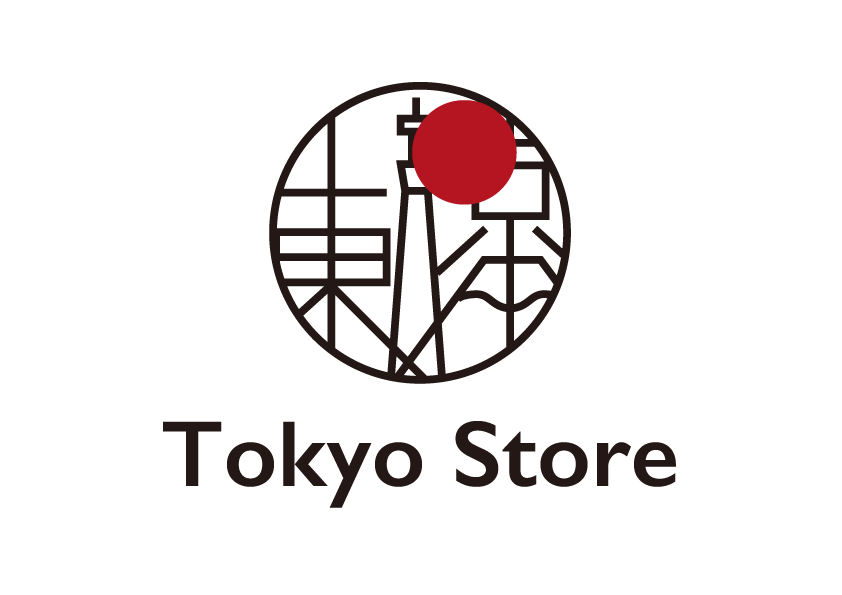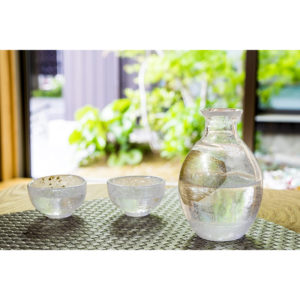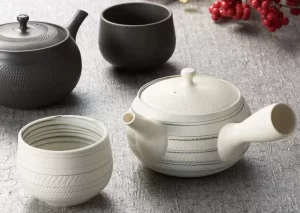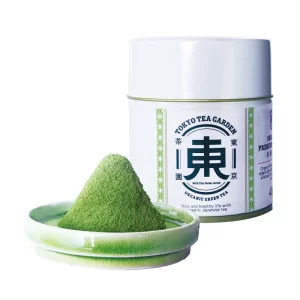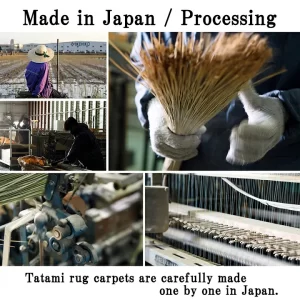NEWS
Features of Usaburo Kokeshi Japanese doll
The characteristics of Usaburo’s kokeshi doll making are that the body is devised (plump roundness), and the design expresses a three-dimensional effect by combining brush painting, sculpture and pottery. Usaburo Kokeshi is also working on innovations in production techniques such as potter’s wheel technology and special machine techniques. Usaburo Kokeshi’s materials are unique in that they use the beauty of the natural wood grain, such as zelkova, dogwood, and chestnut, as well as the parts that are used according to the individuality of the wood. What is Usaburo Kokeshi’s appeal? Of course, Usaburo Kokeshi’s own cuteness and solid technical and design skills. Usaburo Kokeshi Japanese Doll The materials used for […]
Characteristics and History of Southern Furin wind chimes
The biggest feature of Southern Furin wind chimes is “sound”. Long, clear sound that cannot be produced by other Furin wind chimes. The secret to the sound of Nanbu Furin wind chimes is that they are made from high-density castings and Nanbu ironware, using high-quality iron sand and rock iron (iron ore) as raw materials. History and background of Nanbu Tekki (Furin wind chimes) What is the history behind the creation of Southern Furin wind chimes with a high healing effect? It started when casting craftsmen were invited from Omi at the end of the Heian period. In Iwate Prefecture, Mizusawa in Oshu City and Morioka City are famous for […]
Noren Tapestry History
Noren tapestry is a unique Japanese culture that has been used up to the present day as a “face” that expresses the history and fame of Japanese merchants by dyeing crests and shop names on cloth barriers that separate storefronts and indoors. The Beginning of Noren Tapestry Originally, the entrance of the zendo was covered with cotton cloth to protect it from the cold in winter became. The Noren tapestry has a notch in the center so that people can easily pass through, making it very convenient. The Noren tapestry is the banner at the entrance of the shop The development of the Noren tapestry is a flag that shows […]
Origin and history of Manekineko lucky beckoning cat
Manekineko lucky beckoning cat is a lucky charm spread all over Japan from Edo (Tokyo).Manekineko lucky beckoning cat is a lucky charm unique to Japan that invites good fortune with its adorable pose. It is said to have originated from the townspeople culture of Edo (Tokyo) during the Edo period, and its popularity spread throughout the country. Not only do the blessings differ depending on the left and right of the raised hand, but the production area, material, and expression of the cat also differ. Even today, Manekineko lucky beckoning cats can be seen at the eaves of Japanese shops. Manekineko lucky beckoning cat is a lucky charm that is […]
About the charm, techniques and history of Edo glass
What is Edo Glass? Edo glass has cool shapes and designs. The rustic flavor of Edo glass comes from the fact that every step of the process is done by the hands of skilled craftsmen. And what is the appeal of Edo glass? “Edo glass” refers to glass products that are handcrafted in parts of Tokyo and Chiba, inheriting traditional techniques from the Edo period. All processes are handcrafted by craftsmen, and no two products are the same. They come in a variety of colors and designs, and are crafted with sophisticated techniques that make them feel and feel comfortable when you look at them. In 2014, it was designated […]
What are Gifu Japanese lanterns?
Made mainly from thin, high-quality Mino washi paper from the Mino region of Gifu Prefecture and bamboo grown in the rich nature of Gifu, these lanterns are characterized by their delicate and graceful fire box with cool autumnal plants and landscapes drawn on them. These are delicate and beautiful Japanese lanterns made using traditional techniques that have been passed down from the Edo period to the present day. Japanese traditional crafts are crafts designated by the Japanese government, and are crafts that have passed strict examinations such as whether the main part of the manufacturing process is handmade or whether traditional raw materials and techniques are used. . With a […]
Characteristics and history of Tokoname-yaki Kyusu teapot
The six kilns that represent Japan are known as the Six Ancient Kilns of Japan. Tokoname ware is one of the six ancient kilns of Japan, and is said to be the largest production area in Japan. They are used not only as Kyusu teapots and Yunomi teacups, but also in a wide range of fields such as building materials. Tokoname ware is a type of pottery that is mainly produced in Tokoname City, Chita Peninsula, Aichi Prefecture. In normal pottery making, if clay contains iron, it would turn black or swell during firing, making it difficult to handle. I succeeded in making uniform reddish-brown pottery by taking advantage of […]
TokyoTea Garden Organic Green Tea Leaves 5 Types Features
Tokyo Tea Garden Premium Organic Matcha Premium Organic Matcha is a high-grade organic matcha grown in a historic traditional tea farm in Kyoto-Uji, the birthplace of Japanese tea.This matcha is made from pesticide-free organic tea leaves, with particular procedures such as: picking the leaves, steam and dry them without crumpling, remove the veins of leaves, grind the tea leaves (now it’s called tencha) slowly and carefully in millstone You can taste the whole tea leave, especially the rich aroma, umami(savory) flavor and sweetness.With this gem you may feel the profundity of high-grade matcha in Kyoto-Uji . Tokyo Tea Garden Premium Organic Gyokuro Green Tea Premium Organic Gyokuro is the highest […]
Traditional Tatami mat until completion
1、Planting Tatami Rush Grass Tatami Rush Grass does not grow from seed, but is a crop that is grown by dividing the stock twice. It is commercialized using only Rush Grass grown in rice fields. 2、Mow and fertilize Tatami Rush Grass Tatami Rush Grass that has been successfully grown should start fertilizing 70 days before harvest. In addition, 65 days before harvest, the tips are cut and trimmed to allow for more sunlight. 3、Netting Tatami Rush Grass Net the Rush Grass to prevent it from falling over. During this period, Rush Grass grows 4 to 6 cm a day, so the height of the net is adjusted many times according […]
